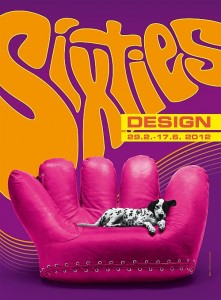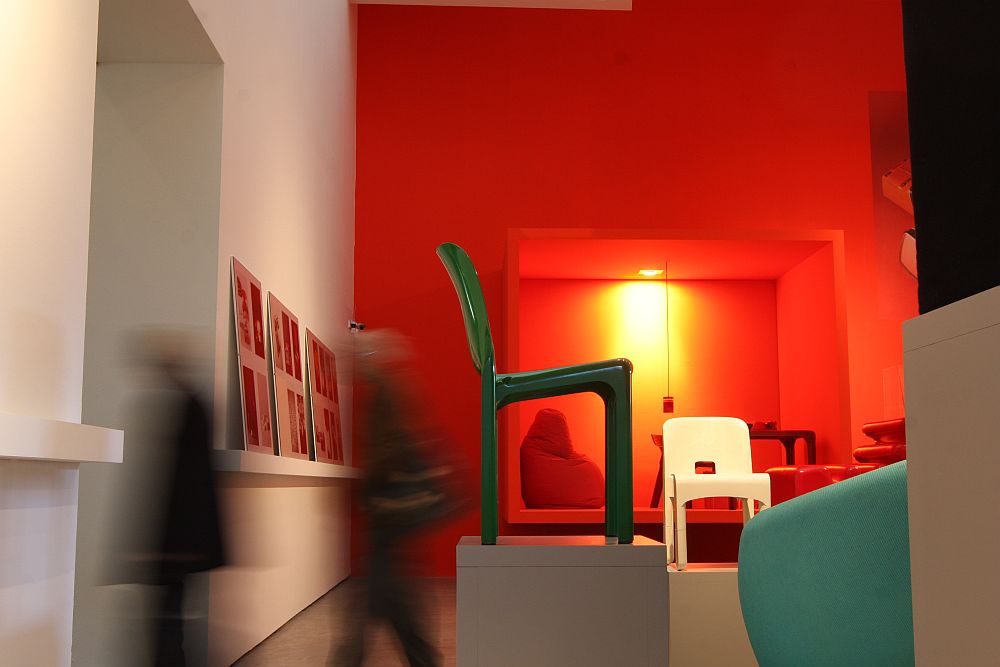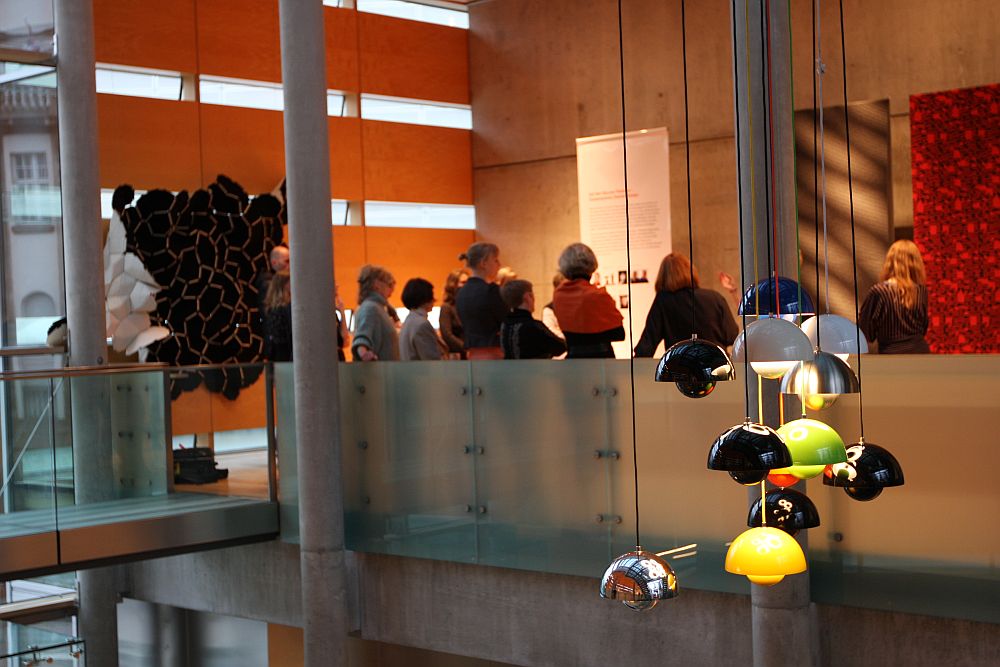
On Wednesday February 29th the Hofmobiliendepot Vienna open their 2012 spring exhibition. We had hoped to make it to the opening; but life being what it is. We wont.
Sadly.
Not least because the exhibition explores, for us, one of the most interesting periods of design - The Sixties.
Not interesting as in, "Wow! Look how bright, spacey and groovy everything is!!!" Obviously.
But interesting in terms of what it brought into the design vocabulary and the doors that it opened. And because it offers a chance to show how misunderstood the decade often still is.
Divided into ten sections Sixties Design starts in the 1950s before moving over "space age design" and pop art and on to anti-design and features works from the likes of Vico Magistretti, Joe Colombo, Verner Panton and Eero Saarinen.
But for us what sounds much more interesting is the placing of the exhibition in the context of two cultural revolutions that defined the 1960s; the rise of consumerism at the start of the decade and the counter revolution at the end.
The "consumer revolution" was driven to a large extent by the increasing social and financial security of the age combined with the speed at which new materials were being brought onto the market. New materials that not only made ever more possible, but challenged the designers of the day to push the limits even further.
In an interview we conducted with the Susanne Graner, Head of Collection at the Vitra Design Museum - an interview that we really must get round to publishing - she speaks about how one of the biggest problems with restoring 1960s furniture is that often no-one knows exactly what the material is. What it is composed of. So rapid and impulsive was the development of new materials they were often being used before the research was properly completed. Its not just the case that if you can remember the 1960s you weren't there, but also if you can remember what the construction materials are composed of, you probably weren't involved in creating the object.
Or put another way the early 1960s saw the beginnings of designers experimenting; of designers seeing their function as being more than just creating attractive, practical objects.
And the public of the day were ready and willing to spend their extra disposable income on everything that came on the market.

In 1966 the logical conclusion of this new found freedom, both creative and commercial, finally exploded in the form of Anti-Design
Initiated by Florentine collectives such as Archizoom and Superstudio, collectives who spent their days questioning everything about everything, the Anti-Design movement saw themselves as a counteraction to the over commercialisation of design as represented by the pop furniture and bright colours of the early 1960s. Of making design socially and culturally relevant rather than simply a mass market product.
And, completely ironically, in doing so helped contribute to today's over saturated market by making design something fashionable rather than just desirable.
Despite the apparent contradictions of the two movements, they are very closely related; and not just in their common desire to break away from the all enveloping modernism that had dominated European design and architecture for so many decades.
Although both dominated by architects they opened up the field to other professionals, they both encouraged practitioners to find their own voice, to develop their own form language and to take responsibility for their work
And they both made fun look easy. Which brings us back to misunderstanding the era. A Cone Chair by Verner Panton, for example, is amusing. And an awful lot of work.
As we say, we've sadly not yet seen "Sixties Design" at the Hofmobiliendepot Vienna, and so we can't comment on how well the exhibition deals with and discusses the numerous topics involved with the decade.
But if your in Vienna in the coming months it certainly sounds worth checking out.
Not least because the Hofmobiliendepot Vienna houses the most fantastic collection of late 19th early 20th century Viennese furniture including some outstanding works from Michael Thonet, Josef Hoffmann, Otto Wagner et al....
Sixties Design at the Hofmobiliendepot Vienna runs until June 17th 2012.
Full details can be found at www.hofmobiliendepot.at
